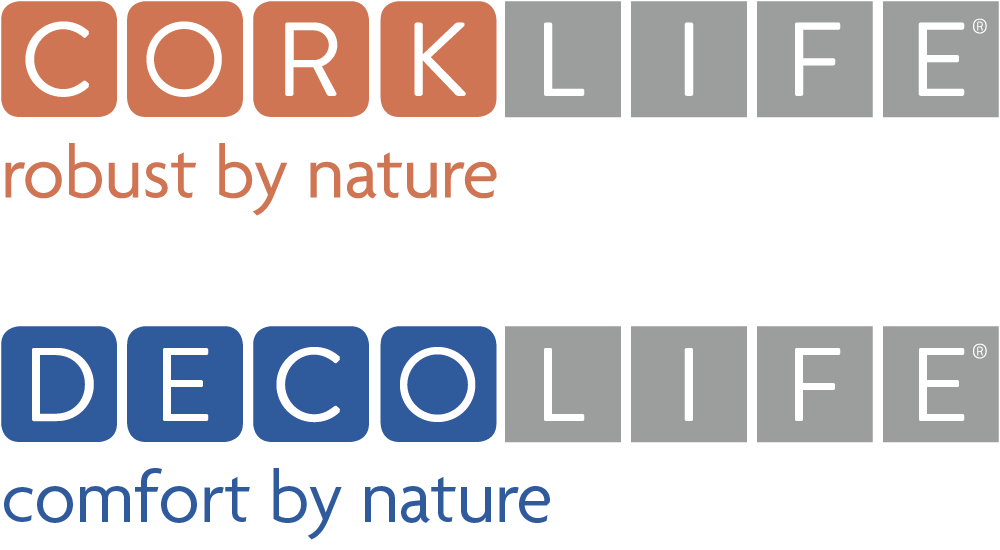Cork Encyclopedia
Why cork?
Cork is a natural, renewable and recyclable raw material with absolutely unique and incomparable properties. No one has ever been able to copy or improve them.
Cork is the renewable bark of the cork oak tree and is harvested by hand without damaging the tree. The bark grows year after year and is harvested for the first time after 25 years. Further harvests are made every 9 years. This 100% ecological product complies with all requirements for a protective and sustainable treatment of our environment. Cork is perfect in view of the constantly increasing demand for the preservation of natural resources.
Due to its unique natural properties, cork is perfectly suitable for use in floorings. Cork flooring brings silence because they absorb sound and create an optimal indoor climate due to their natural thermal insulation. They are also very comfortable and reduce heel strike impacts and related body tensions.

Cork - a thousand of years old raw material
Why is the cork oak so important for the region?
The cork oak has an essential role in preventing desertification by helping to bind the soil and organic substances, which reduces erosion and increases water storage. The importance of the cork oak forest in stopping desertification in North African countries, for example Algeria, should not be underestimated.
From the point of view of social depopulation, the management of the cork oak forest enables a considerable number of jobs to be created and maintained in particularly economically weak areas. According to the WWF, more than 100,000 people depend directly and indirectly on the cultivation and production of cork oak.
Where does the cork come from?
The cork oak forest is spread over an area of about 2.1 million hectares worldwide, distributed in the Mediterranean region with Atlantic influence, Southern Europe and North Africa, where about 340,000 tons of cork are harvested every year.
In Portugal are more than 34% of the mentioned world area, more than 736,000 hectares, which represents about 23% of the total Portuguese forest.
Since when cork exists and since when has its extraordinary characteristics been used?
A fossilised fragment discovered in the Tejo river basin, more than 10 million years old, shows the existence of the cork oak in Portugal dating back to the oldest times. Some researchers believe that this unique tree existed much earlier and estimate its existence to be more than 60 million years.
Evidences from around the world show that cork has been in use for thousands of years. Cork is therefore considered one of the oldest materials continuously used by mankind.
The extreme longevity of the cork oak tree, which even survived the ice age 25 million years ago, is attributed to its rough bark - cork - which gives the tree an extraordinary resistance.
What are the main characteristics of cork?
Lightness - In the cell structure of cork, each cubic centimeter contains between 30 and 42 million cells. The fact that the cork fabric contains 89.7% gaseous substances explains its very low density.
Elasticity - The great flexibility of the cell membrane makes the cork compressible and gives it the possibility to regain its original shape after compression.
Impermeability - Its suberin content makes the cork fabric impermeable to both liquids and gases.
Low Conductivity - The poor conductivity in terms of thermal, acoustic and vibration is based on the fact that gas is located in tiny, hermetically sealed cavities. As a result, cork is the best insulating material of all natural materials.
Resistant to wear - Cork is remarkably resistant to wear caused by friction. It is also fire-resistant and does not absorb dust, making it perfect for people with allergies or asthma.
History
The secret of the performance of cork is in its cell structure. The cork bark consists of a honeycomb structure with small cells - 40 million cells per cm³. It is also this bark that protects the tree from the hot summer temperatures. Each cell acts as a small, natural thermal insulator and also provides sound- and shock-absorbing properties.
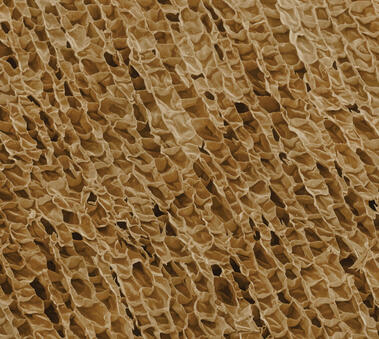
The chemical composition of the cork:
- Suberin (45%) - main component of the cell walls, gives the cork its elasticity;
- lignin (27 %) - insulating compound;
- polysaccharides (12 %) - components of the cell walls, which contribute to the determination of the cork tissue;
- tannins (6 %) - polyphenolic compounds used for coloration;
- waxes (5 %) - hydrophobic compounds at the origin of the waterproofness of cork.
The cork oak forests
The meaning
The cork oak tree (Quercus Suber L.), from which cork is extracted, is part of the the oak family. Its use is not limited to the bark taken from the tree, but extends to the whole context of the agricultural and forestry sector, as well as hunting, pig, sheep and goat farming around the cork oak cultivation. The regular extraction of the bark of the cork oak, known as shelling, makes a significant contribution to the environmental, economic and social sustainability of the rural areas of the Mediterranean region, where the cork oak is mostly native.
Growth & Harvest
The cork oak tree grows slowly and can live up to 200 years, so that it experiences an average of 16 harvests in the course of its life. The first harvest is conducted after 25 years and then after every 9 years without damaging the tree. Forests play a major role in absorbing CO2 from the atmosphere and actively contribute to reduce global warming.
The cork oak forest
Main growing areas and harvest volumes
The cork oak forest, "Montado", is a typical Iberian landscape. It is a reservoir of natural bio-diversity and is hosting some endangered species, such as the Iberian lynx, wolf, golden eagle or black stork. According to climatic conditions such as temperature, light and rainfall, the cork oak ecxists in the western Mediterranean basin, in northern Africa (Morocco, Algeria and Tunisia), in southern France (especially Corsica), in Italy, Spain and especially in Portugal. The area of cork oak forests in the world is estimated at 2.1 million ha. Portugal has an area of 736,000 ha (34%). Although Portugal makes up only 34% of the total, it produces more than half of the world's cork.
Due to the particular specialisation and care required, cork harvesting is one of the best paid agricultural jobs in the world. The WWF estimates that more than 100,000 people depend directly or indirectly on this economy.
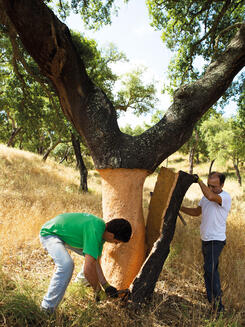
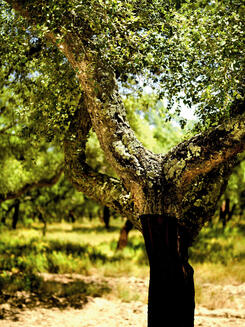
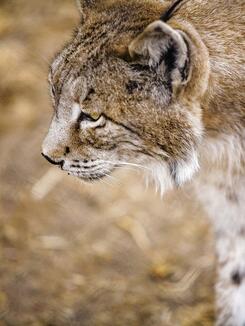
Cork - More than just a beautiful flooring!
Discover with AMORIM the world of cork flooring in a diversity of different products - each with its own unique functions and design possibilities - for your home.
AMORIM cork floorings are improved year after year to achieve a perfect symbiosis between beauty, comfort and the highest standards of durability. Combining traditional values with modern techniques, AMORIM floorings are produced in a unique multi-layer construction. The wear-resistant surface prevents signs of wear in the form of scratches and surface deterioration. The various cork visuals are produced with a top layer with an overlying veneer. With its elastic properties and good recovery behaviour, the flooring still looks the same as on the first day even after years of use.



Well-being
With the shock-absorbing properties of cork, your feet, joints, legs and back are relieved and fall injuries are prevented. In addition, cork has particularly dirt-repellent properties and is ideally suited for persons suffering from an allergy.
Warmth
The unique heat-insulating properties of cork create an optimal floor temperature all year round for a warm and comfortable ambience - while keeping energy costs low.
Silence
Its natural properties make cork an excellent sound absorber. It reduces noise transmission in and between rooms and creates a quiet and peaceful environment in your home.



Walking comfort
Cork floorings are very comfortable due to their own natural flexibility. They give you a great feeling even when walking barefoot. They are strong enough to reduce signs of fatigue and provide unique walking and standing comfort.
Resistance to impact
Cork cells have an unbeatable, natural restoring capacity and regain their original shape and elasticity even after heavy loads. These special properties, combined with a wear-resistant surface, create a very durable and robust flooring that keeps its beauty for many years.
Sustainability
Hier fehlt noch der Text !!!
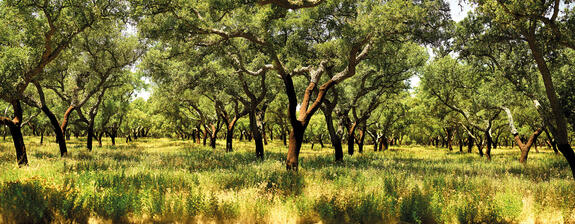

The German Cork Association (DKV)
The German Cork Association was founded in 1985. The purpose of the association is the perception and promotion of all common interests of the companies affiliated in it. In addition to representing the interests of the member companies in the sector, the association's activities focus on quality assurance for cork products, the improvement of manufacturing and processing methods as well as the initiation and support of research projects on the renewable natural product cork and the resulting end products. In order to ensure a uniform quality standard, the German Cork Association has developed a seal of quality together with the eco-Institut in Cologne: the cork logo. This certification, which is existing since 1997, is awarded to products that comply with the technical and chemical standards applicable in Europe. This guarantees that all materials and substances used are environmentally friendly. Further information on www.kork.de.
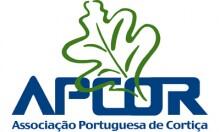
APCOR
APCOR - Associação Portuguesa de Cortiça - is the Portuguese Cork Association. Founded in 1956, it is the representative of the Portuguese cork industry. Its main tasks include the national and international promotion, development and marketing of the raw material and its various products. The headquarter is located in Santa Maria de Lamas, Portugal. Further information on www.realcork.org.
